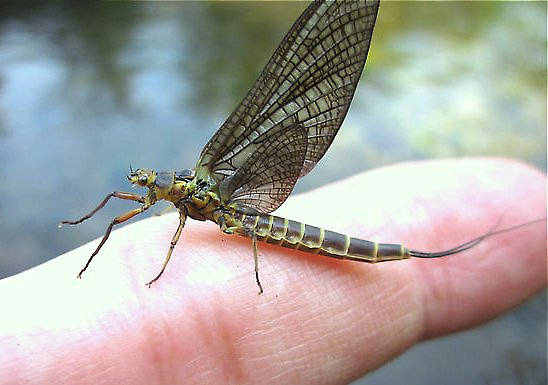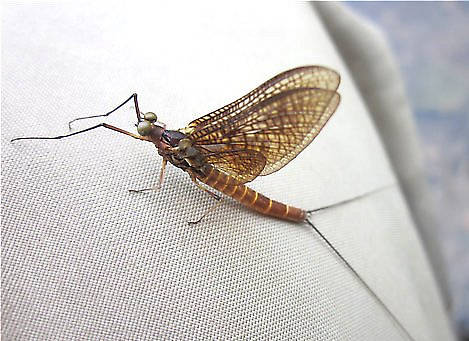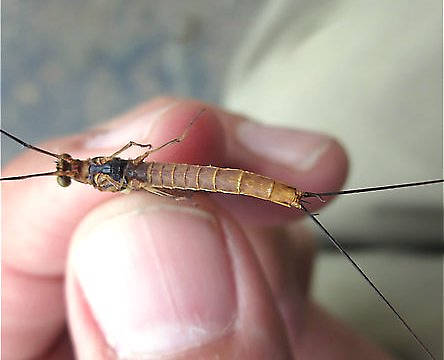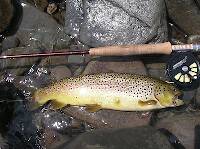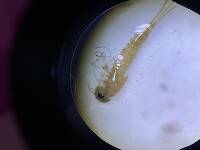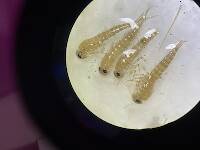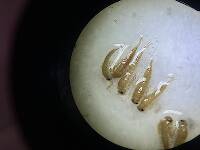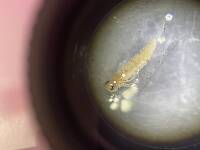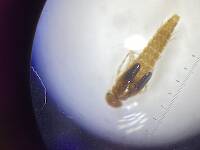
Salmonflies
Pteronarcys californica
The giant Salmonflies of the Western mountains are legendary for their proclivity to elicit consistent dry-fly action and ferocious strikes.
Featured on the forum

Troutnut is a project started in 2003 by salmonid ecologist Jason "Troutnut" Neuswanger to help anglers and
fly tyers unabashedly embrace the entomological side of the sport. Learn more about Troutnut or
support the project for an enhanced experience here.
This topic is about the Mayfly Species Litobrancha recurvata
Litobrancha recurvata is generally reported to be the largest North American species of mayfly in angler entomologies, though this understanding is being challenged by reports of Hexagenia limbata that may exceed 40mm in some locales. Regardless, it is certainly the largest mayfly in the region of its distribution. Sometimes it appears together with species of Hexagenia or Ephemera, but in other places it creates excellent action on its own.Example specimens
Beardius
Posts: 19
Posts: 19
Beardius on Aug 1, 2008August 1st, 2008, 7:57 am EDT
Caucci and Nastasi's comments and other comments above are correct. They are really hardy and impressive nymphs when they near maturity. Litobrancha nymphs prefer fine silty, mucky habitats in streams. They can be abundant in mucky side channels to the main stream. Their emergence occurs over a 5-day span, with the large majority emerging within a 3-day period. Therefore, large emergences are rarely encountered. When they do occur, they can be very impressive.
From my experience collecting and rearing these critters, they have a 2-year life cycle in PA and MD. They increase tremendously in size in their second year. Emergence occurred in late May into early June about a week before that of green drakes (Ephemera guttulata).
From my experience collecting and rearing these critters, they have a 2-year life cycle in PA and MD. They increase tremendously in size in their second year. Emergence occurred in late May into early June about a week before that of green drakes (Ephemera guttulata).
Quick Reply
Related Discussions
Topic
Replies
Last Reply
8
May 26, 2007
by Greenghost
by Greenghost
1
May 5, 2009
by GONZO
by GONZO
3
Jul 5, 2017
by Crepuscular
by Crepuscular
0
Jul 2, 2012
by Bjorntofish
by Bjorntofish



